Horology in the UK
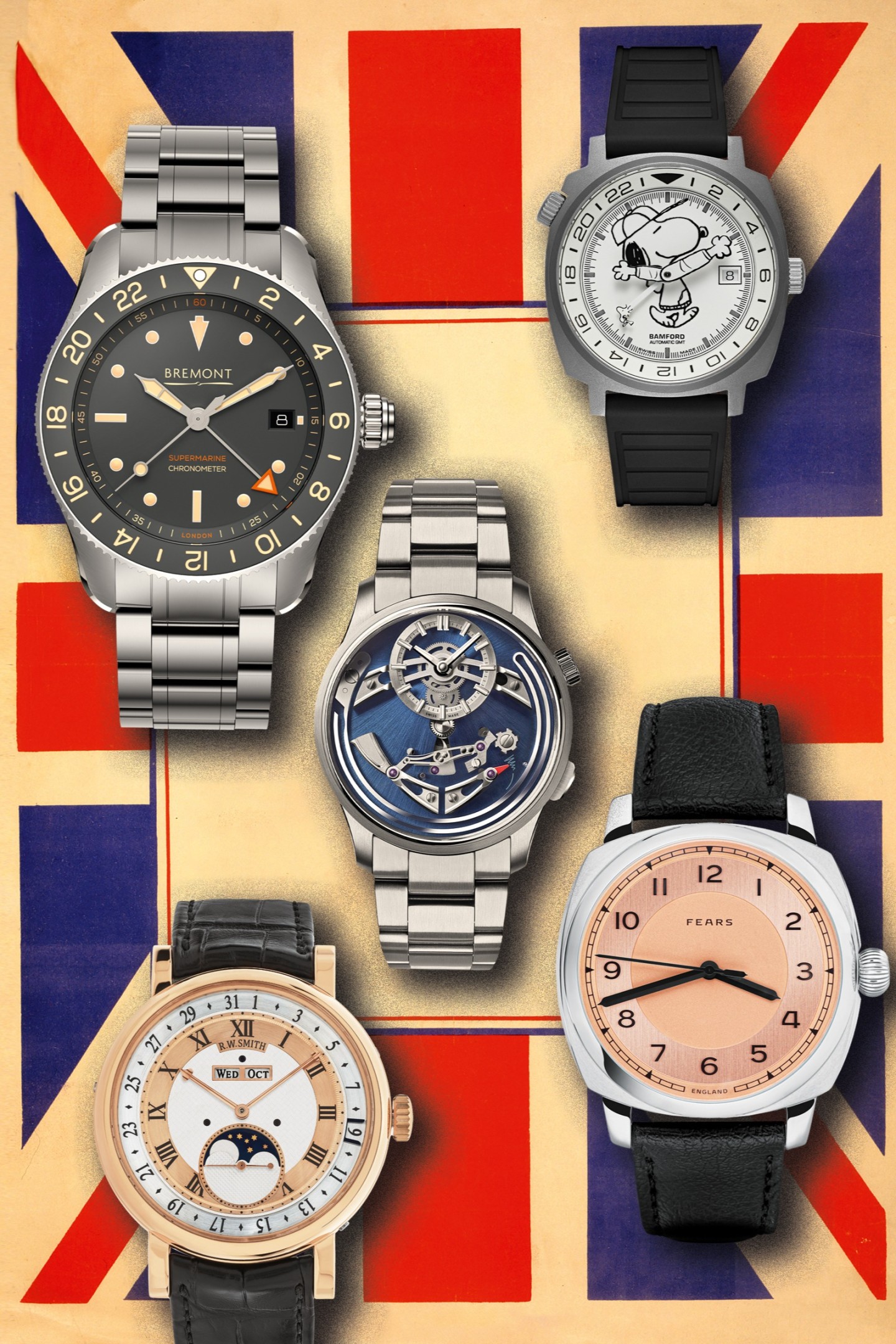
Roula Khalaf, Editor of the FT, selects her favourite stories in this weekly newsletter.
In 2001, Nick and Giles English, two brothers, seemingly straying from the pages of a Biggles novel, crash-landed a vintage biplane in a pea field in Champagne. Instead of being angry at the aerial intrusion into his agricultural endeavours, the farmer who owned the land helped the brothers repair their plane. By way of thanks, the British pair named the watch brand they were founding in his honour: Bremont.
Bremont will be exhibiting at next April’s Watches and Wonders fair alongside Rolex, Patek Philippe, Cartier and TAG Heuer, among others. “The year will really become the turning point for the brand,” says Davide Cerrato, the Bremont CEO. “Horology in the UK” may not have quite the same ring to it as the title of the Sex Pistols’ debut single, but just as punk rock, once the soundtrack for the outsider, is now regarded as canonical, the success of Bremont and others has sparked a revival in British watchmaking.
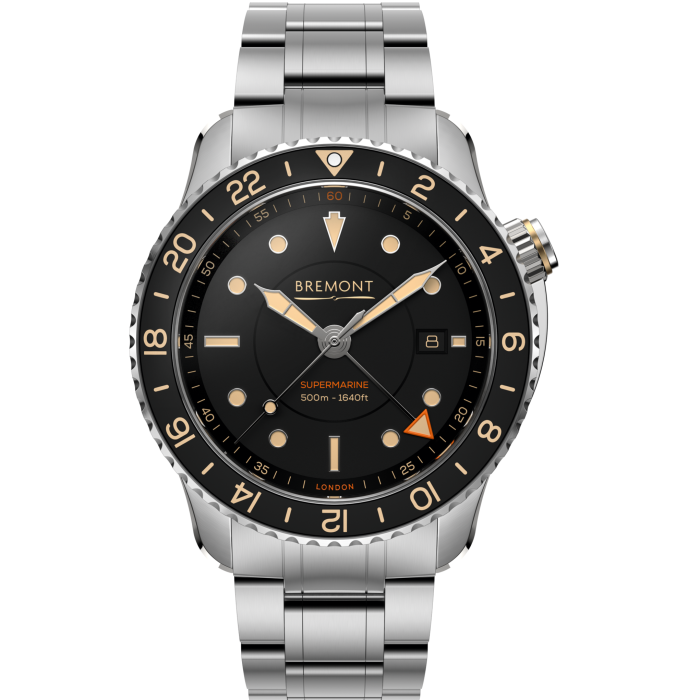
Bremont steel Supermarine Ocean, £3,850
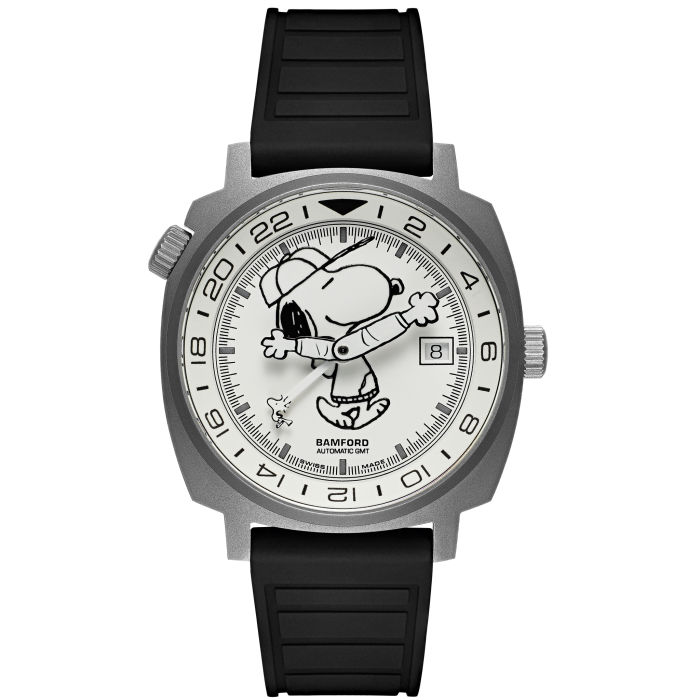
Bamford London x Hypebeast steel Snoopy GMT, $2,055
British watchmaking comes in a variety of guises. BWD (Bamford Watch Department) started out in London as an aftermarket customiser, then gained such a reputation that it became an official customising partner for top Swiss brands before launching its own more affordable brand, Bamford London. George Bamford has been an important part of the renaissance in British watchmaking, even though Bamford London watches are actually made in Switzerland.
Unlike Switzerland, where there are strict criteria that need to be met before a watch can use the words “Swiss Made” on the dial, “British” watchmaking is not always easy to define. There are those who consider themselves British if using Swiss movements but casing them in these islands. Others still have what you might call a British flavour even if manufactured in Switzerland. Some argue that ideally every screw and spring should be British-made.
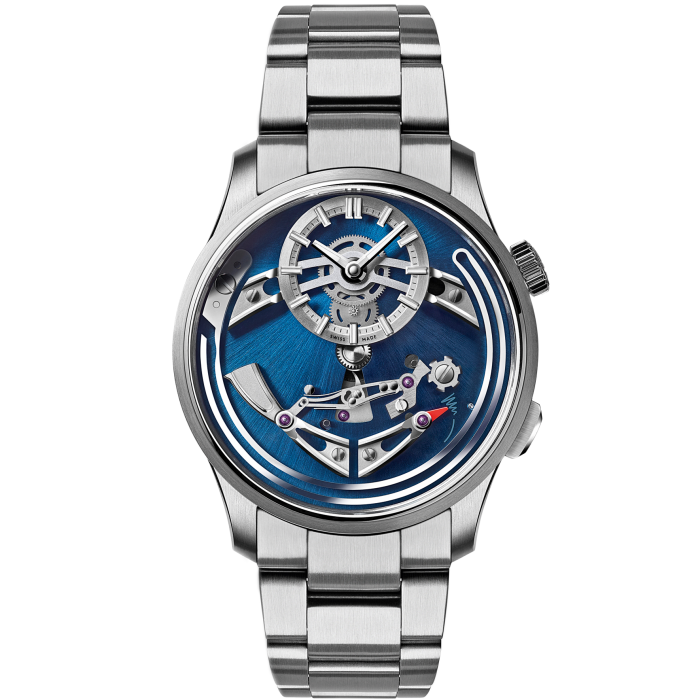
Christopher Ward titanium C1 Bel Canto, £3,530
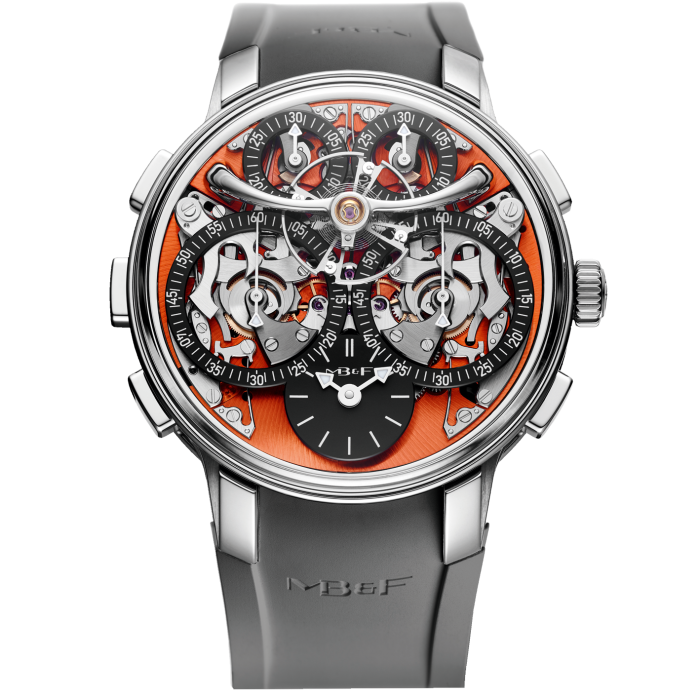
MB&F zirconium Legacy Machine Sequential EVO, £175,770
Christopher Ward celebrates its 20th birthday next year. The value-focused, internet-only brand was founded in Berkshire, but in 2014 it merged with its Swiss manufacturer and promotes itself on a combination of British design and Swiss manufacturing expertise. It still sees itself as sufficiently British for CEO Mike France to have established a promotional body called The Alliance of British Watch and Clock Makers with top British independent Roger Smith. But whether Swiss, English or Swinglish, Ward’s Bel Canto chiming watch for under £4,000 rightly caught the attention of last week’s Grand Prix d’Horlogerie de Genève, winning the coveted Petite Aiguille award.
It’s worth noting that last year’s winner of the top prize at GPHG also had a UK flavour. It was awarded to Max Büsser for the MB&F Legacy Machine Sequential EVO. Büsser has won nine awards at the GPHG but this was the first time he had won the Aiguille d’Or. In his acceptance speech he made it clear that Belfast watchmaker Stephen McDonnell should have been beside him, as he had conceived and designed the watch. An article of this size cannot do justice to McDonnell’s work, but if Büsser sees something in him, then you should too. “Finally, apart from a few lone voices in the wilderness, like the late George Daniels, there are things happening in British watchmaking,” says McDonnell.
Inevitably, any talk of the great watchmaker Daniels leads to discussion of his former apprentice-turned-successor, Roger Smith, who is a purist in the Daniels tradition: this summer a Roger Smith pocket watch fetched $4.9mn in New York, making it the most expensive British watch ever sold.
Nor is it just auction results and prizes that are drawing attention. Husband and wife Craig and Rebecca Struthers had been working as watchmakers for decades: at around £40,000, the pricing of their watches reflects the level of craft and time involved in their manufacture. But it was as an author that Rebecca found fame when her memoir, Hands of Time, became a Radio 4 book of the week in May this year. “Our order book for our in-house movement is now sold out, largely to international buyers,” she says, “and goes up to 2033”.
“There are so many more brands now,” says Rebecca. Among them are two British heritage brands that have been relaunched by descendants of the founders. Don Cochrane is great-grandson of Claude Lyons, whose brand Vertex specialised in military watches. This military heritage has been leveraged for a focused collection of three models priced between £2,000 and £3,000.
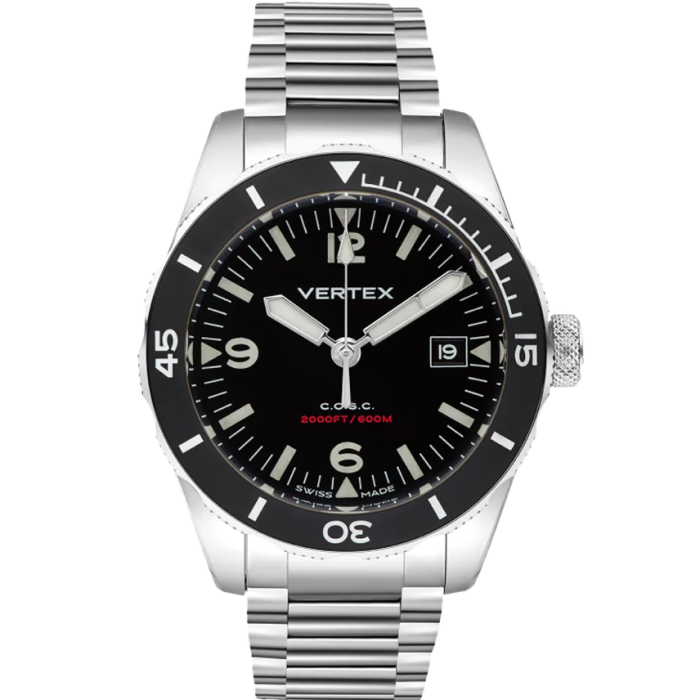
Vertex steel M60 AquaLion D, £2,375
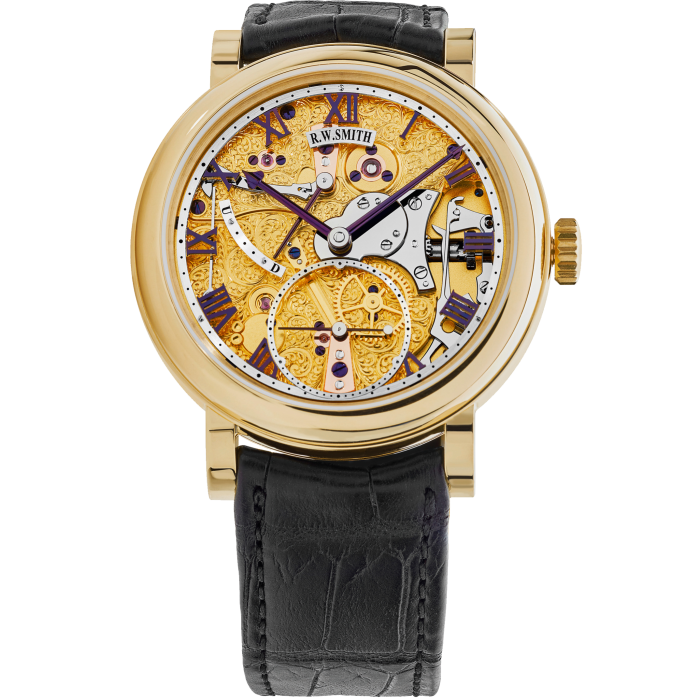
Roger Smith gold Series 5 Open Dial, POA
Operating at a similar price point is Fears, which has been re-established by Nicholas Bowman-Scargill, the great-great-great-grandson of the founder. I first met Bowman-Scargill when he was an apprentice watchmaker at Rolex in London. He estimates than in less than 10 years the number of British brands has more than doubled to around 75. “But I think the biggest increase will be the number of people working for British watch companies employed in the UK.”
Fears now has nine employees. “Four years ago, I was on my own.” And he believes that “a watch doesn’t need to be powered by a British movement to be British: if you pay tax and employ people in Britain, then you are a British watch company, and you’re contributing not only to the British economy, but also to the British watch industry by offering opportunities.”
And it seems that opportunity is now knocking. “A few years ago, I could not have imagined working for a British watch brand,” says Bremont’s Cerrato, “but the rise of independent watchmaking opened my mind to the opportunities beyond the big Swiss companies. I believe that now I am in the right place at the right moment.”
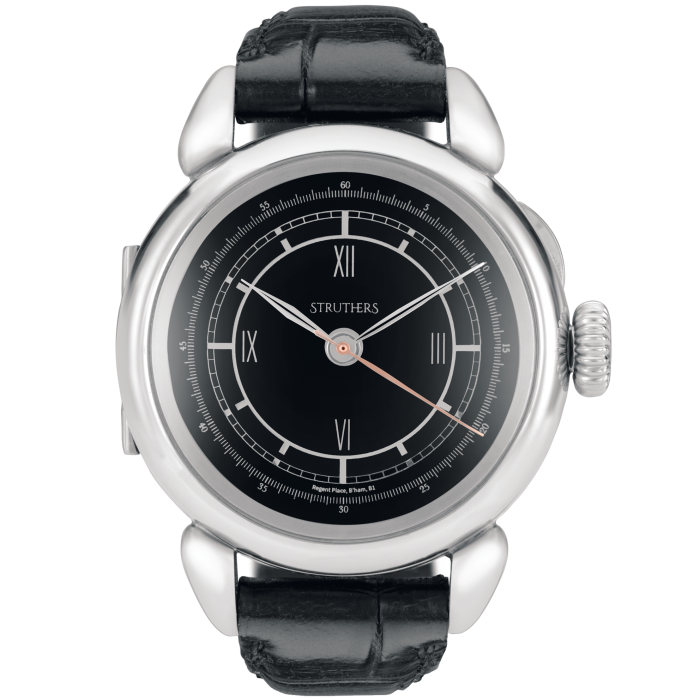
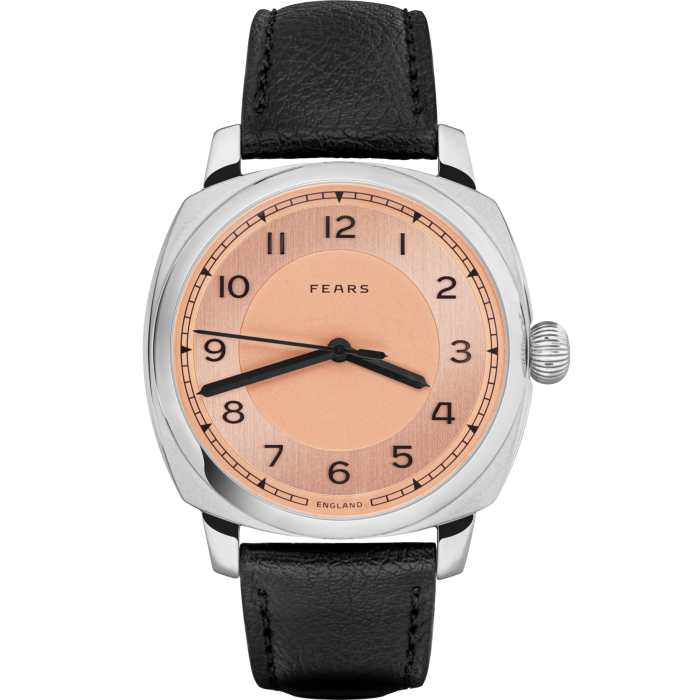
Comments